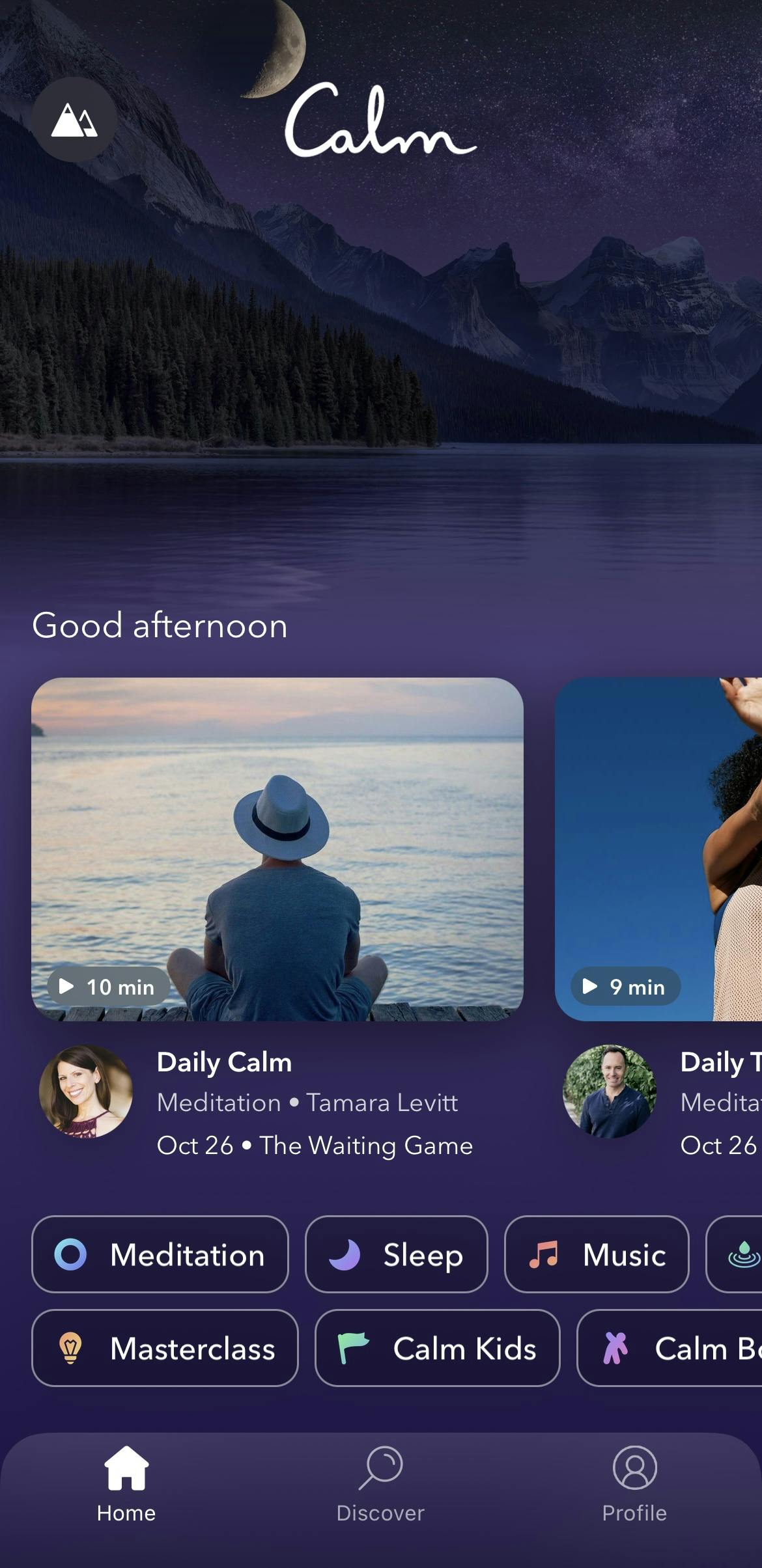Share
Explore

100 tasks to build unstoppable momentum for your startup from Jason Calacanis and the team at LAUNCH. Click the titles to watch Jason explain each bullet point in detail.
Note: This is built on Coda a great all-in one doc. We don’t even scratch the surface of its capability here... if you want to level-up your team go to and they’ll hook you up with a $1000 credit
Episode 1 -
Episode 2 -
Episode 3 -

Episode 4 -




Episode 5 -
Episode 6 -

Episode 7 -

Episode 8 -
Episode 9 -
Episode 10 -
airbnb_wifi_169.mp4
2.9 MB
Want to print your doc?
This is not the way.
This is not the way.

Try clicking the ⋯ next to your doc name or using a keyboard shortcut (
CtrlP
) instead.